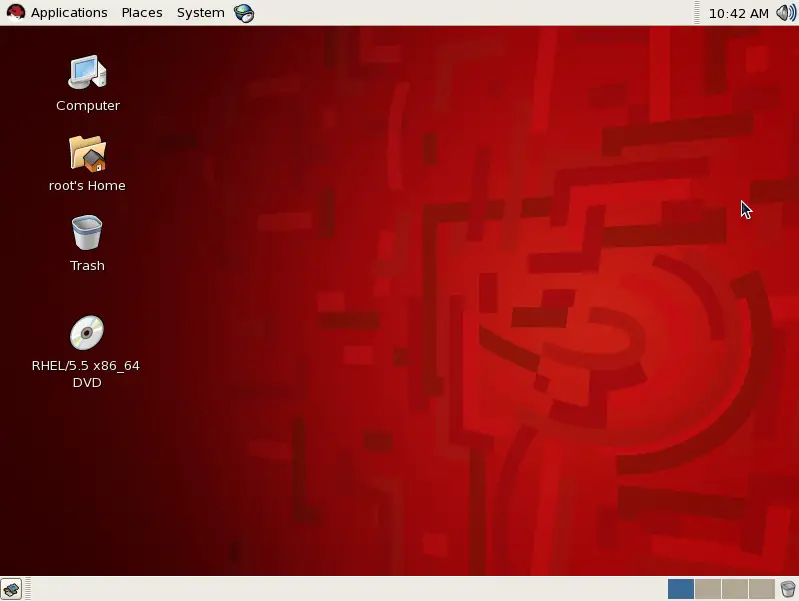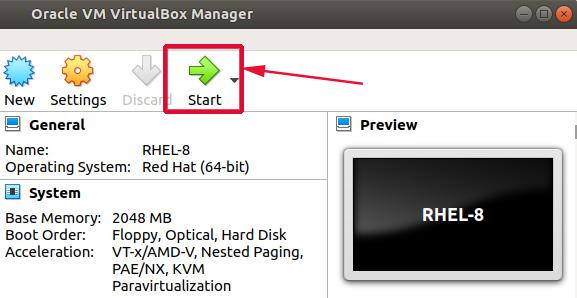

It is useful if you want to install packages from an ISO or DVD image to your system. The basic idea is to mount the ISO/DVD to a local folder and then point Yum to its location. Well soon have an official and supported way to install PHP version 5.6, 7.0 or 7.1, beside the system version, without any effect on installed components.Announcement tells the life cycle will be 3 years.
#Rhel 7.1 iso how to
In this article, we have learnt how to create yum repository from ISO image. Stability addicts can keep quiet, PHP 5.3.3 is still the standard version provided with RHEL-6, and PHP 5.4.16 the one in RHEL-7. Verify if you can list packages from your newly created repo, using the following commands. Name=DVD for Red Hat Enterprise Linux 7.3 ServerĮnsure you clear all related yum caches using the following commands. Before Red Hat 7.1 can be loaded, you must create an installation boot disk from the floppy image. Gpgkey=file:///etc/pki/rpm-gpg/RPM-GPG-KEY-redhat-releaseĪfter you have added the above lines, your final repo file should look like the following. seawolf-i386-disc2.iso seawolf-i386-powertools.iso. It basically provides the location of GPG key, as well as base URL for yum repo packages. Modify the repo file and change parameter gpgcheck=0 to gpgcheck=1. # cp /mnt/media.repo /etc//rhel7.repoĬhange the permission of repository file. This file generally exists in almost every ISO image. Run the following command to copy media.repo file from mounted directory /mnt to /etc// and name it as rhel7.repo. Unless you mount the ISO or DVD you cannot access it in Linux. Open terminal and run the following command to mount it to /mnt folder. Here are the steps to create yum repository in RHEL using ISO image. How to Create Yum Repository in RHEL 7 using ISO image It is useful if you want to install packages from ISO or DVD image. In this article, we will learn how to do this. You can also create yum repository in RHEL using ISO image or DVD.
#Rhel 7.1 iso software
It allows you to download software from official as well as unofficial software repositories.

#Rhel 7.1 iso update
Although you won't be able to tell which update does what, it's still best practice to keep your system up to date.Yum is a popular package manager that allows you to easily install, upgrade & delete software packages in RHEL/CentOS systems. So every update bears a chance of either breaking or fixing your system. Since this is a beta, unreleased build, developers will be experimenting a lot.

Once your Red Hat system has been registered and activated, update it at the earliest you can. If everything's in order, you should now be able to execute commands, install packages, and update your system, which by the way is the next task you need to do. subscription-manager register -username yourusername -password yourpasswordįollow it up by attaching the subscription manager. To activate your no-cost subscription, fire up a terminal and using the subscription manager, register yourself. You need to procure your no-cost license to avail even basic services. Otherwise, you won't be able to make any changes to the system, which includes installing software, as menial as Neofetch.Īs we previously mentioned, RHEL is a subscription-based OS. However, there's a crucial post-installation task you must take care of.

With the installation process behind us, it is natural to find yourself excited to tinker with the distro, try out commands, and whatnot.


 0 kommentar(er)
0 kommentar(er)
